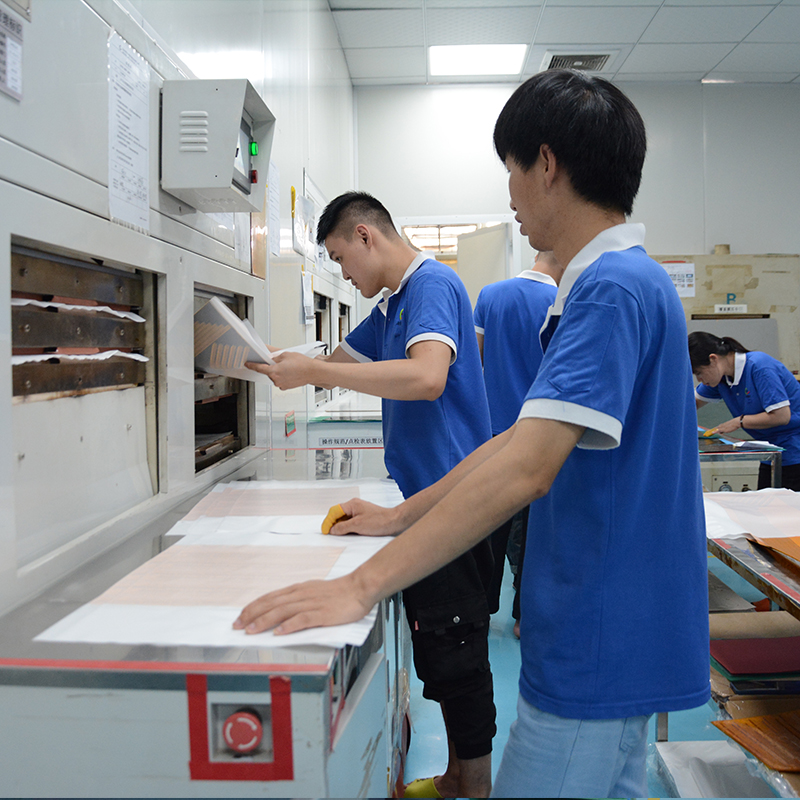Introduce
When assembling flexible printed circuit (FPC) boards, hand soldering is a widely used method due to its precision and cost-effectiveness. However, there are several key factors to consider in order to achieve a successful solder connection. In this blog post, we will discuss the key points that should be paid attention to when hand soldering FPC circuit boards, including the contact method between the soldering iron tip and the component, the supply method of the soldering wire, the soldering time and temperature settings, etc. As an important precaution to ensure a flawless welding process. Let’s dive in!
1. The contact method between the soldering iron tip and the two parts to be welded
Achieving a strong connection between the soldering iron and the component is critical to a successful soldering process. Please pay close attention to the following points:
I. Keep the soldering iron tip clean and tinned: Before starting the soldering process, make sure the soldering iron tip is clean and tinned properly. This ensures better heat transfer and prevents oxidation, resulting in smoother solder joints.
2. Apply right angle: maintain the appropriate angle between the soldering iron tip and the FPC board. Ideally, the recommended angle is between 30 and 45 degrees. This promotes proper heat transfer and prevents overheating or damaging components.
3. Apply enough pressure: Apply slight pressure to the component to be soldered, while making sure not to use too much force as this may cause damage. This helps ensure a correct and stable connection between the soldering iron tip and the FPC board.
2. Welding wire supply method
The way the welding wire is supplied plays a crucial role in achieving a precise welding connection. Please follow these guidelines:
I. Use the right amount of solder: Avoid using too much solder as it may cause bridging or shorting. Conversely, insufficient solder may result in a poor connection. Therefore, the correct amount must be used based on the size and complexity of the solder joint.
2. Choose high-quality solder wire: Always use high-quality solder wire suitable for FPC circuit board welding. The quality of the solder wire greatly affects the overall soldering result.
3. Apply welding wire from the opposite side: To ensure correct heat transfer, please apply welding wire from the opposite side of the solder joint. This technology allows solder to flow freely and form a strong bond between components.
3. Welding time and temperature settings
Accurate soldering time and temperature settings are critical to achieving reliable soldering connections. Consider the following aspects:
I. Determine the correct temperature: Familiarize yourself with the recommended temperature range for soldering FPC boards. Generally, temperatures between 250 and 300 degrees Celsius are suitable. However, it is important to follow specific guidelines provided by the manufacturer to prevent damage to delicate components.
2. Correctly control the heating time: the heating time cannot be too short or too long. Prolonged heating can cause component damage, while insufficient heating can cause weak solder joints. Aim for the best balance by adhering to the specified heating times.
4. Welding precautions
To avoid potential problems during welding, necessary precautions must be taken. Incorporate the following guidelines:
I. Ensure adequate ventilation: Work in a well-ventilated area to prevent breathing in harmful substances emitted during the welding process.
2. Implement ESD precautions: FPC circuit boards are susceptible to electrostatic discharge (ESD). Use ESD protection mats, wrist straps, and other appropriate measures to avoid damage caused by ESD.
3. Avoid overheating: Do not overheat components or specific areas during welding, otherwise damage may result. Maintain a stable and controlled approach to prevent problems related to overheating.
In conclusion
When working with FPC circuit boards, proper hand soldering techniques are crucial to ensure reliable and strong connections. By paying close attention to contact methods, wire supplies, time and temperature settings, and adhering to necessary precautions, you can achieve successful welding results. With practice and attention to detail, you can master this essential skill in electronics manufacturing, resulting in high-quality, functional FPC boards.
Post time: Oct-23-2023
Back







